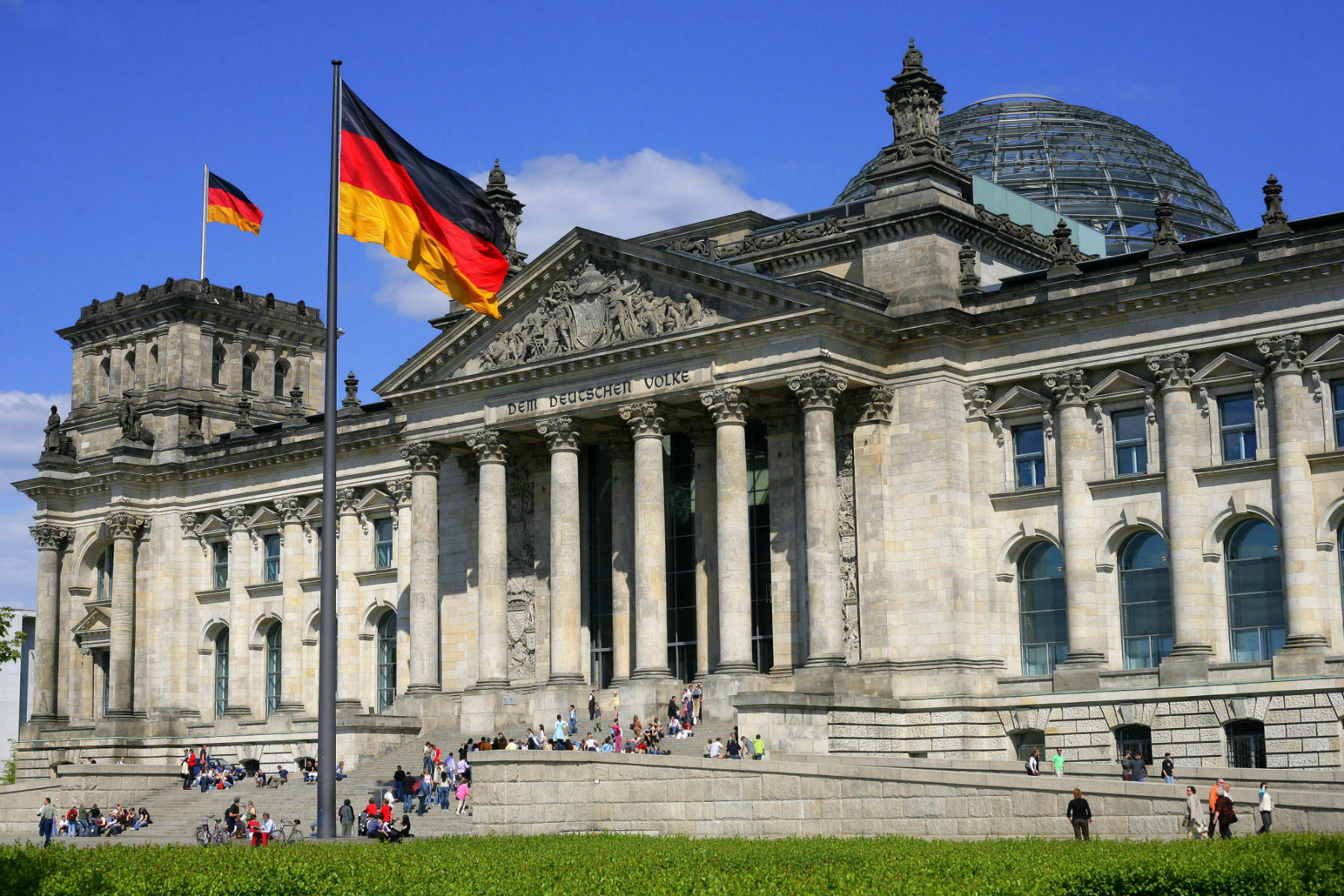Germany’s Far Right Stirs Controversy Over Bauhaus Legacy in Ongoing Culture War

Germany’s far-right Alternative for Germany (AfD) party has stirred a heated debate over the Bauhaus movement, one of the 20th century’s most influential design schools, as the city of Dessau prepares to celebrate the centenary of Bauhaus’s move there in 1925. The AfD recently proposed that regional legislators avoid glorifying Bauhaus, claiming its cosmopolitan principles overshadow regional traditions, sparking backlash from supporters of the school’s cultural legacy. The proposal was promptly rejected by the Saxony-Anhalt parliament.
The Bauhaus, founded in 1919, aimed to blend traditional craftsmanship with industrial production and became a symbol of Germany’s interwar cultural renaissance, eventually attracting Jewish and international designers. Its avant-garde ethos was later banned under Nazi rule, making it a post-war symbol of cultural progress. However, the AfD’s criticism reflects its broader strategy of sparking cultural divides, framing itself as a defender of traditional values and national identity. This approach has been a key factor in its recent regional electoral success, underscoring AfD’s use of cultural issues to attract supporters amid economic challenges.
The Bauhaus Dessau Foundation’s Barbara Steiner notes that the AfD understands how cultural issues can resonate emotionally with the public. The movement’s international success in architecture and design, especially through icons like Ludwig Mies van der Rohe and Marcel Breuer, makes it a convenient target for the party’s narrative of defending “authentic” German culture. AfD legislator Hans-Thomas Tillschneider’s remarks in parliament further emphasized this tactic, framing Bauhaus as a fragile icon under critique.
The AfD’s stance on Bauhaus reflects a broader trend in conservative politics worldwide, where movements push back against modern design and cultural inclusivity to promote a return to traditional aesthetics, as seen with the Trump administration’s attempt to favor neoclassical architecture in federal buildings and Hungary’s Prime Minister Viktor Orban’s restoration of Budapest’s historic architecture.

















